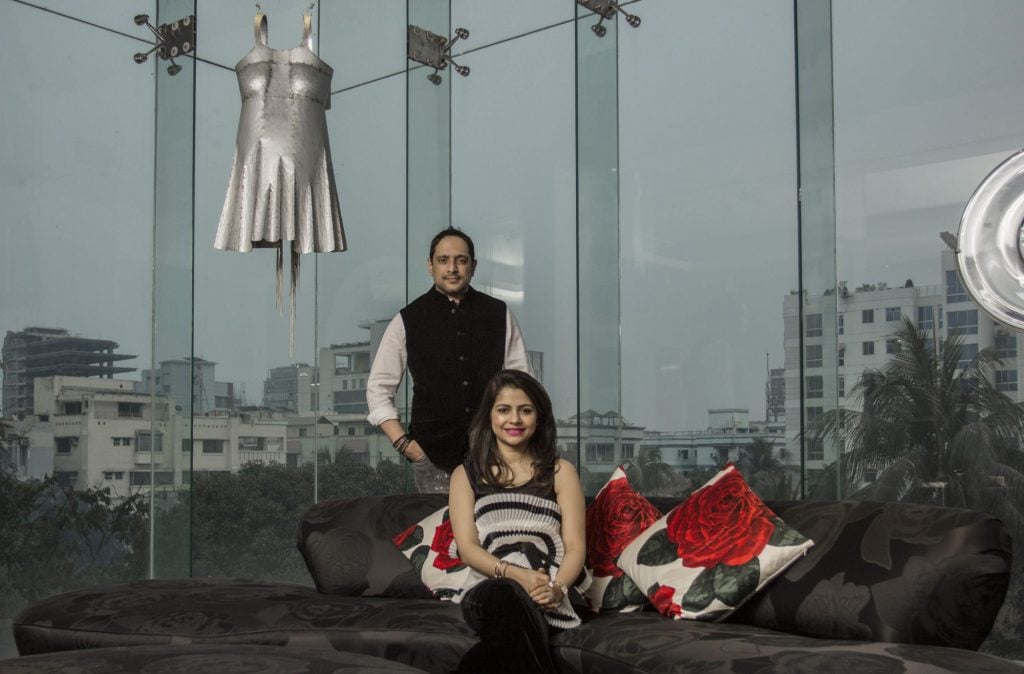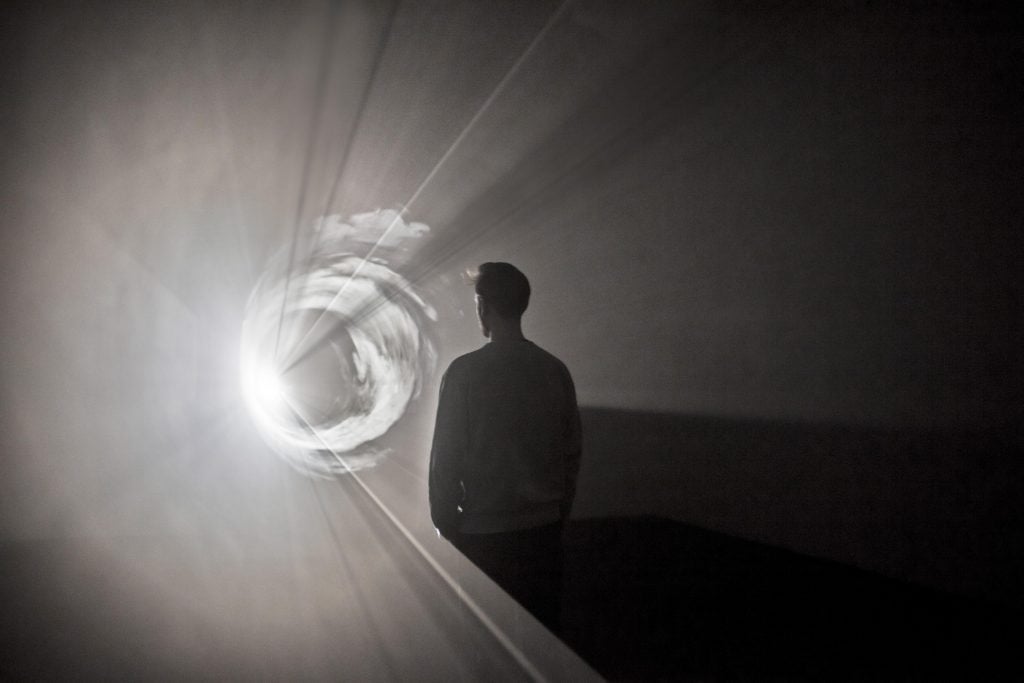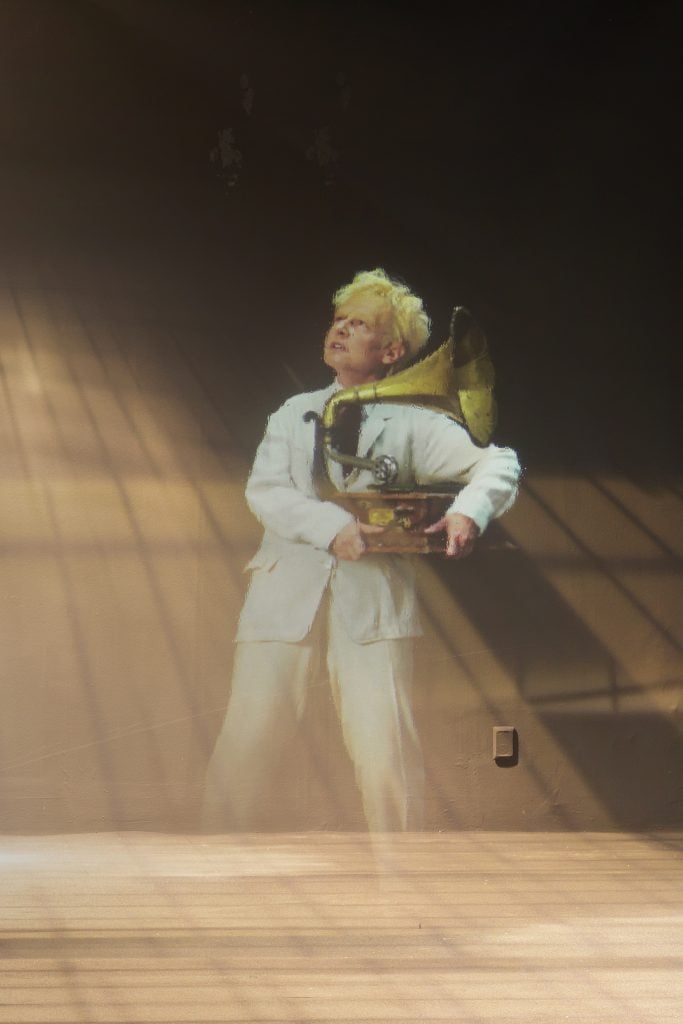People
What I Buy and Why: Bangladeshi Collectors Nadia and Rajeeb Samdani on Why They’re Drawn to Art That’s Too Complex to Show at Home
The collectors open up about their work supporting the local scene in Bangladesh.

The collectors open up about their work supporting the local scene in Bangladesh.

Naomi Rea

Bangladeshi collectors Nadia and Rajeeb Samdani are on a mission.
Fiercely committed to fostering the the burgeoning art scene in Bangladesh and supporting the work of South Asian artists, the couple started the Samdani Art Foundation in 2011. They are also the brains behind the Dhaka Art Summit, a biennial that has become a key event for the region and put the Bangladeshi capital on the art map. Their expansive personal collection reflects their broad interests, spanning key works by Bangladeshi Modernist S.M. Sultan and examples by in-demand contemporary stars such as Haegue Yang.
Ahead of the 50th anniversary of Bangladeshi independence on March 26, the art-world power couple catch us up on what’s in their collection, the works that are too big to install at home, and how they have been supporting local artists affected by the pandemic.

Anthony McCall, Line Describing a Cone, (1973/2010). Image courtesy Sprüth Magers. Courtesy of the artist and Samdani Art Foundation.
What was your first purchase?
Our first purchases were both works by Bangladeshi Modernists. When I [Nadia] was 22, I bought a watercolor by S.M. Sultan, and Rajeeb’s first acquisition was a painting by Zainul Abedin. Both these paintings remain very special to us, as they hold so many memories.
What was your most recent purchase?
A commission by Korean artist Haegue Yang, Sonic Brass Majestic Stacked Apparatus – Ikebana and Turbine Vents (2020). The sculpture is comprised of thousands of brass-coated bells attached to a stainless steel structure with artificial plants on top. The artist references traditional craft practice and ritualistic narratives to create her own artistic language. The result is this 11-foot apomorphic work that’s very futuristic but also carries the elements of her culture’s tradition.
Which works or artists are you hoping to add to your collection this year?
Our wish list is long and part of an ongoing process. We’re definitely more interested in upcoming artists and always discovering new artists to add to our collection.
What is the most expensive work of art that you own?
For us, the most valuable work we have in our collection would be a portrait of our youngest daughter painted by Polish artist Pawel Althamer in collaboration with our other daughters. It was a surprise gift for Rajeeb’s birthday.
Where do you buy art most frequently?
Primarily galleries, fairs, and auctions, although more recently we have been working with artists and their studios to support Bangladeshi artists who have been affected by the coronavirus pandemic.
Is there a work you regret purchasing?
No.
What work do you have hanging above your sofa?
We rehang our collection every 18 months, so at the moment above the sofa you’ll see Michael Armitage’s Glue Sniffers (2016), an oil painting on Lubugo bark cloth.

Dominique Gonzalez-Foerster, M.2062 (Fitzcarraldo) (2014). Courtesy of the artist and Samdani Art Foundation.
What is the most impractical work of art you own?
We own some works which definitely aren’t domestic in scale. They will be installed at the Srihatta Samdani Art Centre and Sculpture Park we are building in Sylhet (northeastern Bangladesh). They include works that use light projection, such as M.2062 (Fitzcarraldo) (2014) by Dominique Gonzalez-Foerster. Comprised of a hologram of the artist, the work needs to be installed in a space that’s at least 26 feet by 65 feet.
Casters (2016) by Lucy Raven and Line Describing a Cone (1973/2010) by Anthony McCall also require dark environments and enough space for the light installation and projection to be enjoyed. Your uncertain shadow (black and white) (2010) by Olafur Eliasson needs space for viewers to experience the shadows cast by their own bodies and Singing Sun (2016) by Shahzia Sikander is a video installation which is approximately 22 feet wide. Needless to say, all of these works require huge spaces.
What work do you wish you had bought when you had the chance?
One of Louise Bourgeois’s monumental spider sculptures.
If you could steal one work of art without getting caught, what would it be?
A Mark Rothko.